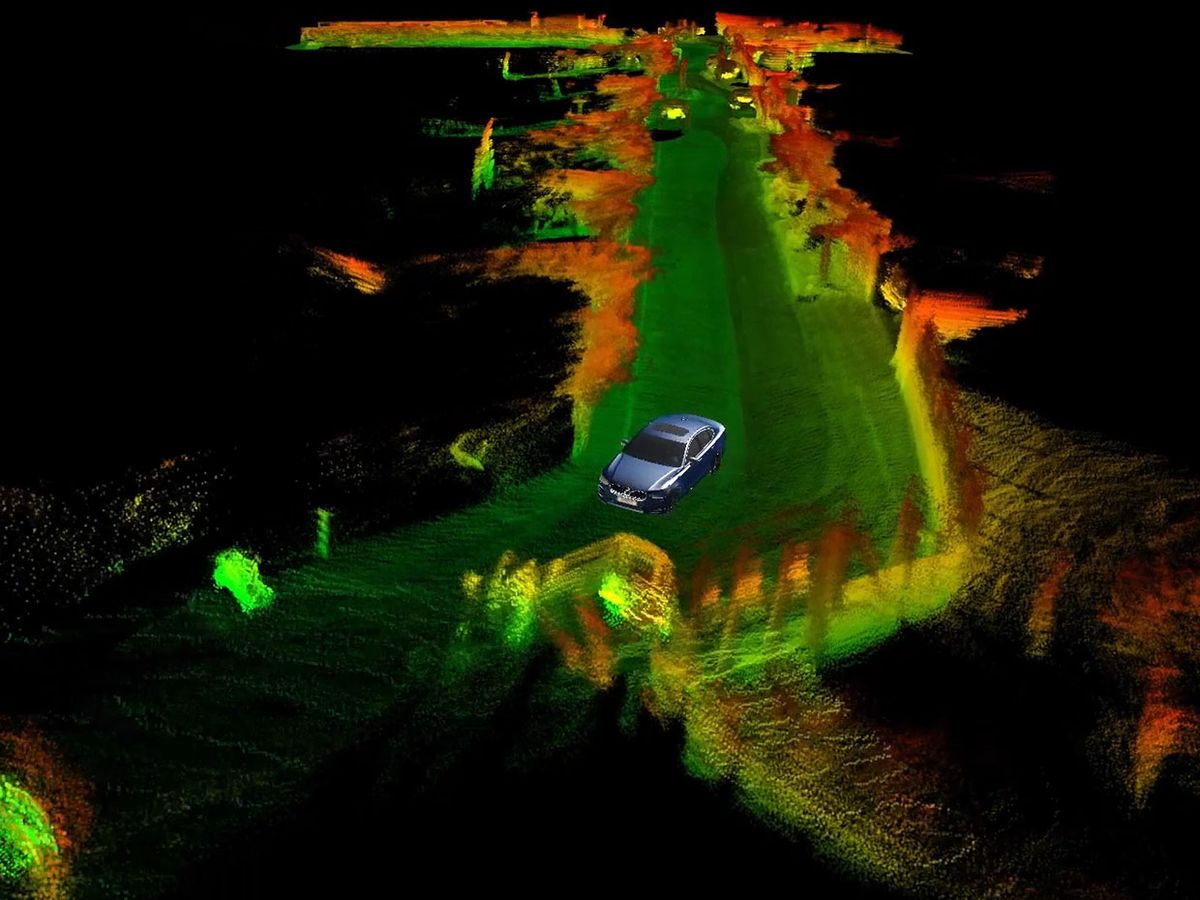Israel-based Innoviz has announced that it will supply solid-state lidar to BMW. The device, along with radar and other systems, will be incorporated into a self-driving package from Magna, a major autosupplier.
Innoviz says that when volume production begins, the lidar’s price should drop to the hundreds of dollars, down from the “single-digit thousands” that today’s test units go for. The company says that it can now make several thousand units a month on its existing assembly line, in Israel, and that it’s building another line in China.
The company argues that today’s deal with BMW vindicates the solid-state approach to lidar, in which the laser beam is steered without machinery. Innoviz does the trick with microscopic, moveable mirrors. Most recent lidar startups also use solid-state approaches.
But Velodyne, the industry leader, rotates its lasers on a roof-mounted tower, and the startup Luminar uses a macroscopic mirror to sweep its beam around. Luminar recently announced the start of mass production, with some of its units going to Toyota’s self-driving research team, and the rest to other, yet-unnamed auto makers.

In its release, Innoviz said only that its current test unit offers “unrivaled angular resolution at the highest frame rate of any LiDAR solution currently on the market.” But earlier this year, a company spokesman told IEEE Spectrum that its test units had a frame rate of 20 frames per second, an angular resolution of 0.15 by 0.3 degrees, a detection range of up to 150 meters, and a field of view of 73 by 20 degrees.
By contrast, Luminar says its mechanical system can vary the frame rate from as slow as one per second, for high resolution, to as fast as 20 per second, in exchange for lower resolution. It says its lidar can detect objects 250 meters ahead. Velodyne claims a 300-meter range for its top-of-the-line system.
It’s hard to say which design will win, though. Different self-driving packages give different weights to the various sensors; one might rely on radar rather than lidar to cover the longer distances. Of course, another very important factor is that of cost. And solid-state systems generally cost the least.
Philip E. Ross is a senior editor at IEEE Spectrum. His interests include transportation, energy storage, AI, and the economic aspects of technology. He has a master's degree in international affairs from Columbia University and another, in journalism, from the University of Michigan.



